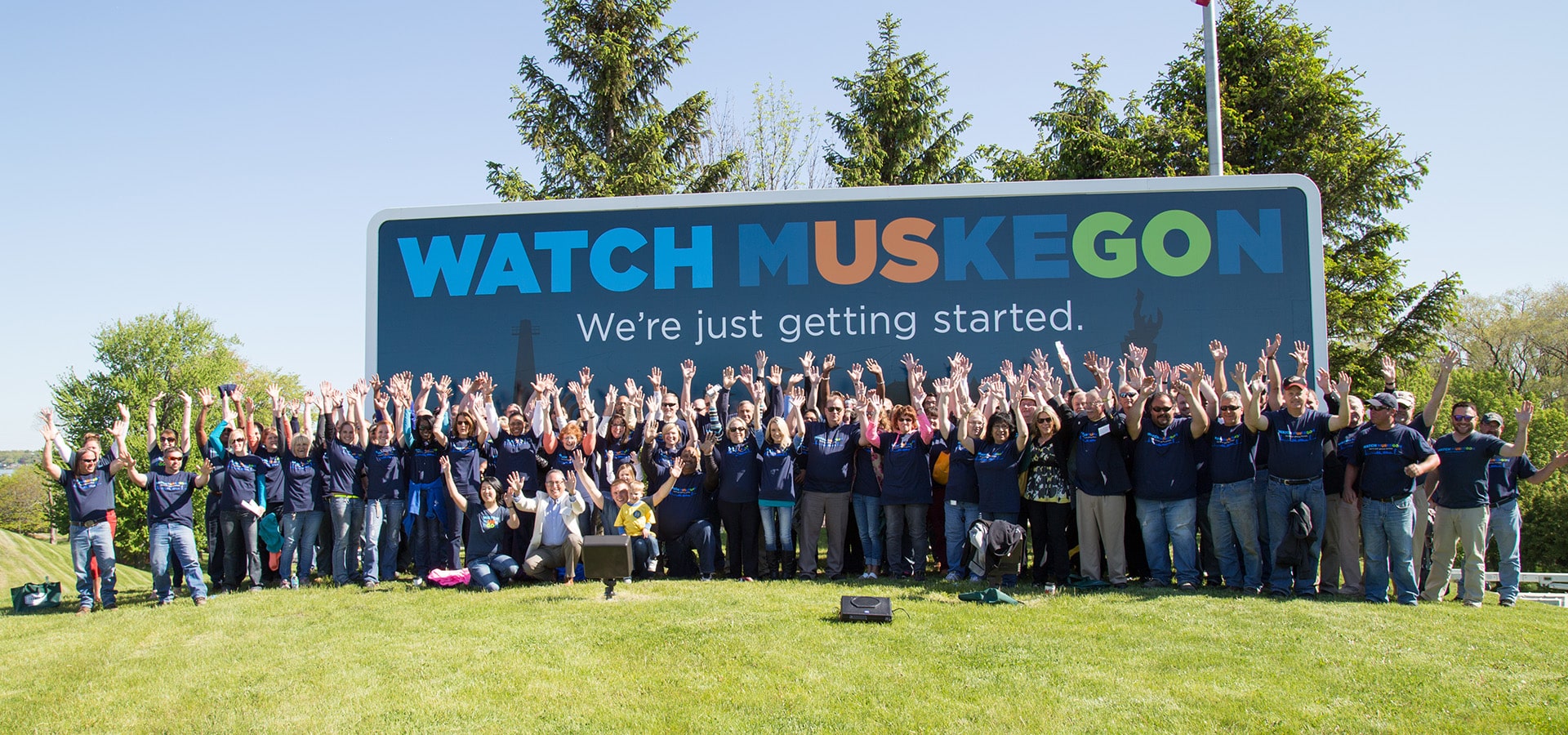If you build it right, they will come.
I built my first website in 1995. That was the same year Silicon Valley technology writer Clifford Stoll made these bold predictions about the internet in Newsweek:
On e-commerce. We’ll order airline tickets over the network, make restaurant reservations and negotiate sales contracts. Stores will become obsolete. So how come my local mall does more business in an afternoon than the entire Internet handles in a month?
On ebooks. How about electronic publishing? Try reading a book on disc. At best, it’s an unpleasant chore
On digital news. The truth is no online database will replace your daily newspaper
On crowdsourcing information. Lacking editors, reviewers, or critics, the Internet has become a wasteland of unfiltered data. You don’t know what to ignore.
On the internet’s portability. And you can’t tote that laptop to the beach. Yet Nicholas Negroponte, director of the MIT Media Lab, predicts that we’ll soon buy books and newspapers straight over the Internet. Uh, sure.

Those predictions are laughable when you look back on them over 25 years later. But, in the days of blazingly fast 28.8 kilobits per second internet connections, it was hard to imagine that the “World Wide Web,” as we called it in those days, would become what it is today. According to Internet Live Stats, there were only 23,500 websites in 1995, a 10-fold increase over the previous year. Today, there are over 1.9 billion sites and counting.
Since Clifford Stoll wrote his much-lampooned article, I’ve been part of over 400 website launches. If I’ve learned anything, there are many ways to build a website. Even though most business people use the internet to conduct searches to help them make purchasing decisions, too many sites are built using the “Ready. Fire. Aim.” method. Google “what is the first step in building a website?” and you’ll see what I mean. You’ll be inundated by “expert” blogs that tell you to get a domain name and URL, find a hosting company, and design your website. Wrong. Wrong. And Wrong.
Start with a plan
The first step in developing a website is to create a project plan. A well-planned website is worth its weight in gold. According to ResearchGate, 39% of projects fail due to a lack of planning. Additionally, a PMI study found that 44% of projects fail due to a lack of alignment between business and project objectives. A website project plan addresses both of those issues.
The best websites result from thorough research and planning before design and development happen that are based on external and internal investigation. The results are then used to create a phased approach to the website development. Websites built using this approach are optimized, provide visitors with relevant and meaningful information, encourage visitors to return, and result in targeted, qualified leads.
Follow a simple process
Building a website is hard. Using a complicated process only makes it harder. A well-thought-out process is easy to understand. It involves internal and external research, as well as collaboration with your agency/web development partner, and includes the following steps:
- Analytics Benchmark
- Keyword Research and Analysis
- Competitive Website Analysis
- Content Planning Session
- Phased Sitemap
- Project Plan and Assumptions
- Development Timeline and Budget
- Summary of Research, Findings, and Recommendations
Pay attention to the details
Let’s take a deep dive into each of those areas of the website planning process:
Analytics Benchmark
Seventy-one percent of businesses have a website. So, most likely, you’re developing a new site with some form of analytics already installed, like Google Analytics. Analytics tell us if a website is working. Conventional thinking has examined marketing metrics such as page views, bounce rates, and referrals. While these are important indicators, they’re only part of the story. What matters most is, does your website compel customers to buy your products? By documenting your website’s performance baseline, you create a benchmark to compare your new site.
Keyword Research and Analysis
Google doesn’t publish its search data. However, it’s estimated that the search engine processes about 5.6 billion daily searches. Determining the keywords and phrases users are searching for will help guide the content for the new site. There are many tools to assist with keyword research. SEMrush and MOZ are among the most popular. Analyzing the data and gleaning insights after the keyword list is created is a powerful tool for determining the right keywords for your site.
Competitive Website Analysis
Competitor analysis helps you understand your competition’s strengths and weaknesses to identify gaps in their offering that your company can fill. Understanding the competition gives you information to develop a superior website.
Content Planning Session
Next, it’s time to look inside the company. For a successful website project, all key stakeholders and the agency/development partner must get in the same room together. That includes leadership, sales, human resources, marketing, and other key roles, like engineering. A content planning session is a dedicated block of time, usually two hours, set aside to talk through the insights from the external research, review existing site content, and identify any new content that needs to be developed.
Phased Sitemap
A sitemap is a visual overview of the pages of a website that provides information about the pages, videos, and other files on your site and their relationships. A carefully constructed sitemap ensures all the essential information on a site is accounted for. A good sitemap displays the planned content, showing the interconnections between the pages on a website.
Project Plan and Assumptions
With the internal and external research completed, it’s time to put pen to paper, or in today’s world, cursor to doc, and write the plan. This means creating a high-level rundown of the project plan as well as wireframes and a Gantt chart with milestones and deliverables that will be provided. From there, it is crucial to clarify any project assumptions, like who is responsible for collecting logo files and compiling content for the site.
Development Timeline and Budget
As the saying goes, timing is everything. Well, timing and money. An effective timeline shows milestones and dates and clear accountabilities to ensure the project progresses as intended. If a milestone is missed, the entire timeline is reflowed to reset expectations. A website is like building a house. The more square footage and high-end features are used, the greater the investment. An experienced website partner will lay out the budget in phases and features, allowing the right website to be created within budget. The budget and timeline work hand in hand to ensure there are no surprises on either side of the project.
Summary of Research, Findings, and Recommendations
Lastly, the internal and external research is compiled along with findings from that research. Think of this as the appendix to a book. Data without insights is meaningless; that is why recommendations must be included in this section.
With your plan in hand, the first step in building your website is complete. Then and only then is the time to start thinking about developing the site.
With apologies to Clifford Stoll, the internet didn’t fail. Having a website that sets your company apart is a critical investment for most any business today. By putting together a strategy first, you’ll be on your way to building a website that brings the right audience to your front door.











